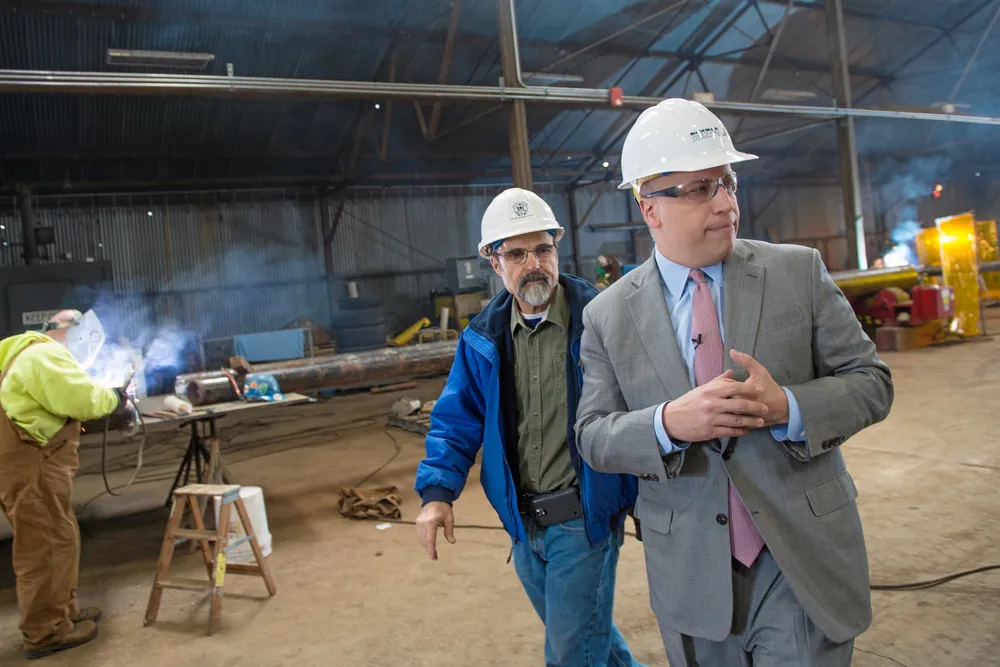US state backs beefed-up offshore wind deal despite Trump turmoil
Project gains offshore renewable energy credits abandoned by Orsted’s mothballed Skipjack arrays

US Wind’s project resubmission for higher offtake rates and expanded capacity was approved by Maryland last Friday, raising total capacity under contract to 1.7GW from just over 1GW.
An OREC is the equivalent of 1MWh of offshore wind generated power.
“Our decision will support the expansion of renewable energy generation in Maryland, and advance the development of a project which will produce significant economic, environmental, and health benefits to our state, including assuring our future energy needs,” said Frederick Hoover, PSC chair.
“While questions have arisen regarding offshore wind development in a number of places, the Commission’s analysis through the independent consultant and our hearings demonstrated the importance of this project in providing emission-free energy, jobs, economic opportunity and cost benefits to Maryland ratepayers.”
US Wind was awarded 1GW of capacity in two rounds. Its 270MW MarWin array was awarded its OREC contract in 2017 at a levelised nominal price of $131/MWh, according to figures from industry group American Clean Power Association (ACP), while the 880MW Momentum Wind array received its offtake contract in 2021 at a rate of $71.6/MWh.
PSC declined to reveal the new rates, but found the project meets the ratepayer impact tests by not exceeding the statutory thresholds of $1.50 per month and $0.88 per month for an average residential customer
In this ‘Revised Round 2’, PSC approved the expanded project that will see 114 15MW turbines installed in four phases.
As part of its proposed project, US Wind reaffirmed its plans to build Sparrows Point Steel, an offshore wind turbine monopile facility in Baltimore Harbor.
When fully operational, Sparrows Point will employ up to 530 people to fabricate monopiles for projects up and down the East Coast.
The developer has also committed to using cables from Hellenic Cables’ upcoming facility in South Baltimore, as well as steel from Crystal Steel Fabricators in Federalsburg, on Maryland’s Eastern Shore.
Hellenic Cables estimates that it will hire 200 tradespeople during the construction of its facility and employ 120 manufacturing positions when the facility becomes operational. In total, US Wind has committed to the creation of 6,227 jobs across the project’s four phases.
Supply chain infrastructure is intended to be deployed to help the state meet its mandate of 8.5GW by 2031.
This goal however will almost certainly be miss amid sector hurdles put in its way by President Donald Trump.
Trump’s executive order banning new leasing off US coastlines will result in the state lacking access to adequate area to build out its mandated capacity.
Moreover, even US Wind’s project may not be immune from Trump’s interference, as his executive order calls for reviews of existing projects with the aim of “terminating or amending” them.
(Copyright)